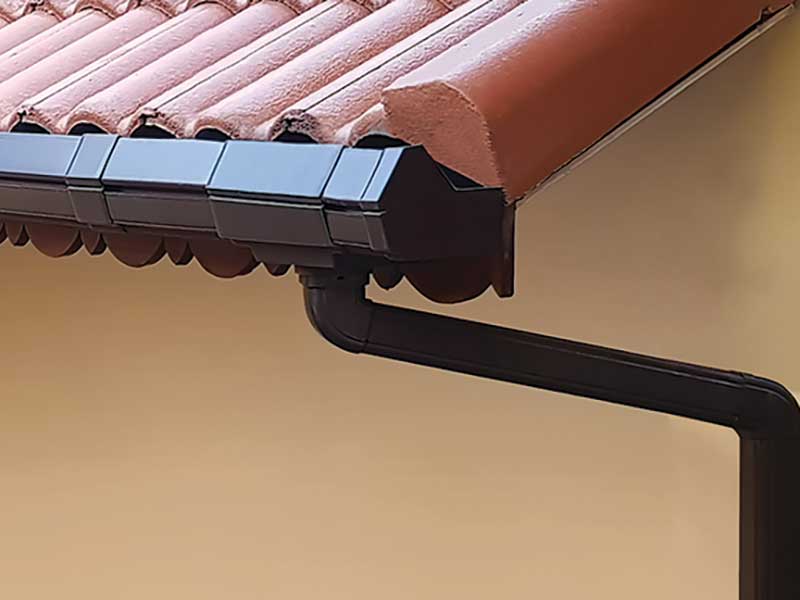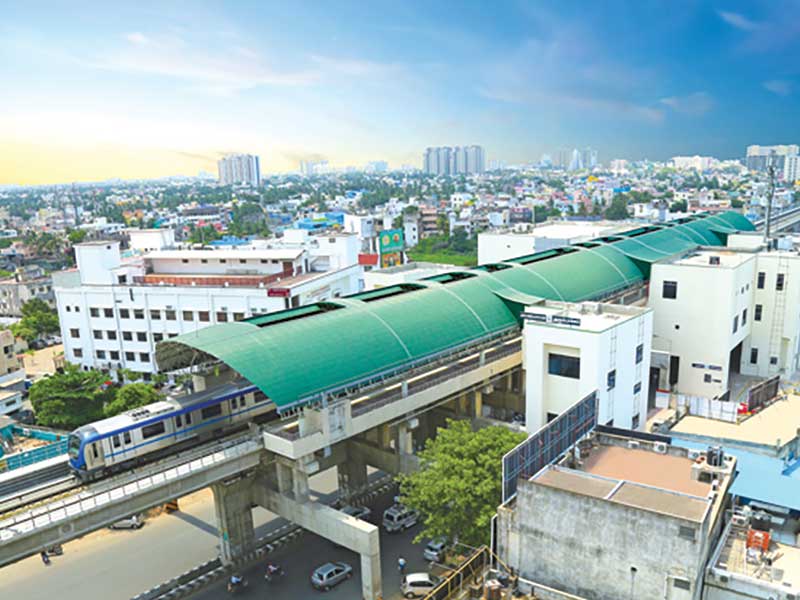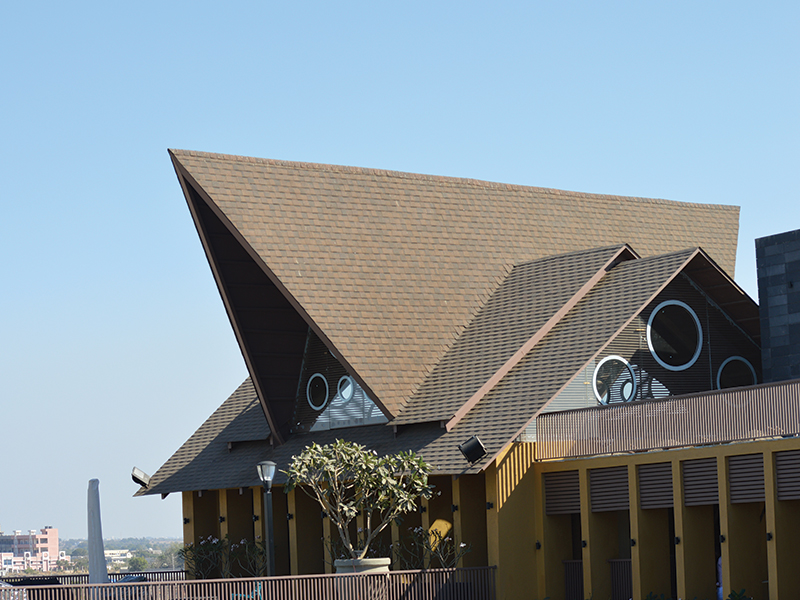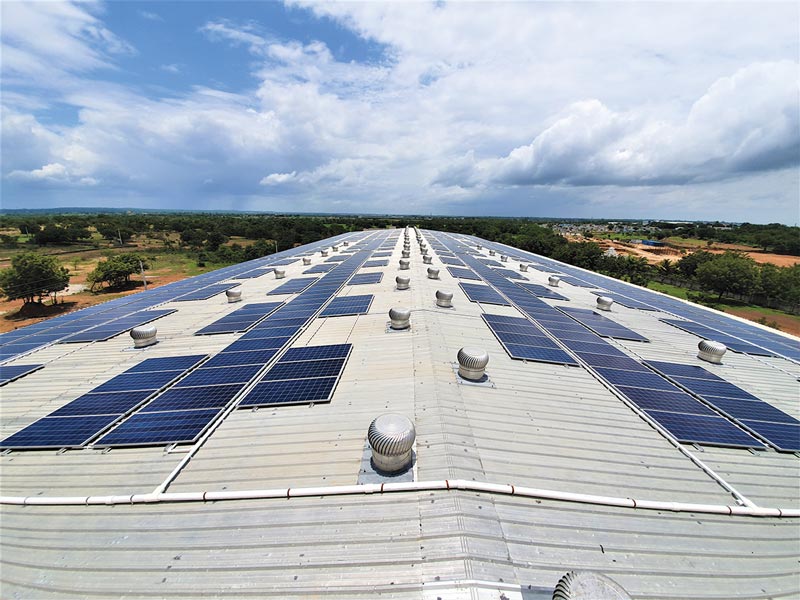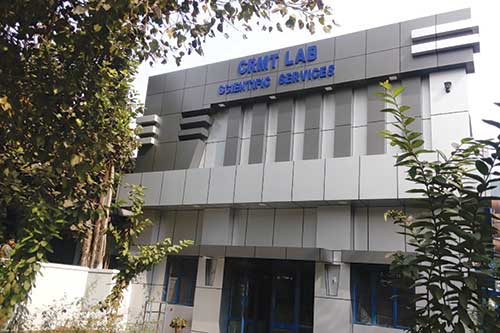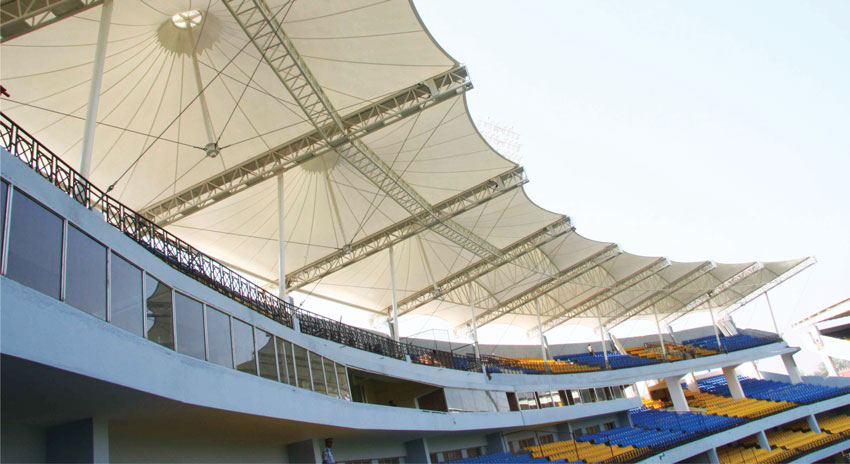
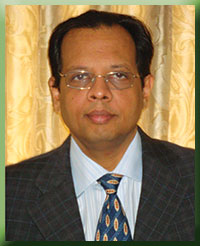
There is a great need to spread awareness about the applications of textiles in architecture, says Mr. Ravi Mehta of Sujan Impex which represents Ferrari, a French company in India.
Architectural Textiles is a fashionable shading concept that could be used for interior as well as exterior applications. While interior applications include stretched false ceilings, acoustic wall coverings & sun protection, exterior applications consists of light weight roofing structures & building facades. The exterior applications of this concept are very exciting because of the dynamic forms and the different possibilities to play with the lighting. With almost a decade of efforts in disseminating the message of light weight textile roofing the growth in this segment today is visible.
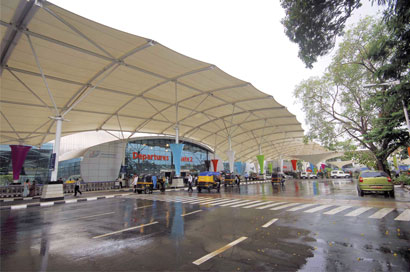
In the last five to six years FERRARI has assisted many companies to achieve expertise to execute tensioned structure projects successfully. Structures ranging from small canopies of about 100 sq. mts. to large shopping mall roofs of up to 10000 sq. mtrs are being executed successfully in India. With the Indian market ready to take off, even a large MNC like Taiyo Membrane Corpn. is quite active in the Indian market and most of the projects executed by them like Mumbai & Hyderabad Airports are using FERRARI Membranes.
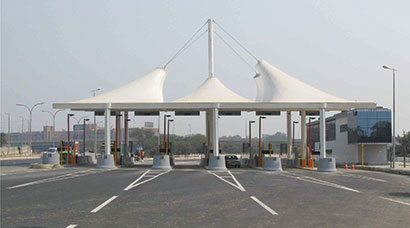
As other vendors acquired the expertise to execute membrane structures, today a large number of projects stand completed, or are under construction, like the Mumbai Domestic Airport, Santacruz, Mumbai International Airport, Sahar, Hyderabad Airport, Great India Place Mall Noida, Select City Walk New Delhi, Metro Walk Rohini New Delhi, Dreams Mall Bhandup, Crown Interiors Faridabad, Glomax Mall Kharghar, R City Mall Ghatkopar, Mumbai, Indore Cricket Stadium, Philips India courtyard Bangalore, Franklin Templeton Hyderabad, Mahindra World City Entrance Chennai, Mahindra International School, Chennai, Mantri Mall Bangalore, Express Mall, Chennai, and many many others.
Many sports facilities for the upcoming Commonwealth Games are going for this solution. Some of the prominent projects under execution are JN stadium New Delhi, Yamuna Sports Complex, Shivaji Stadium, SPM Swimming Pool Stadium, etc.
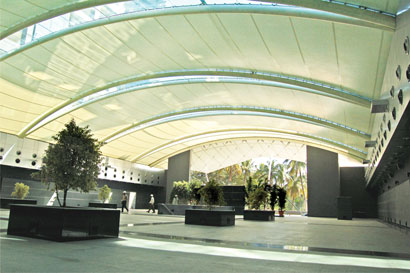
The applications where membranes structures are widely used are Airports, Metro Stations, Stadiums, Shopping Mall Atriums, Restaurants & Cafeterias and such other public spaces. In Residences they can be used for skylights, car parks etc.
Textile Façade
A very innovative use of a textile mesh is for building facades. Use of fabric as a external façade skin, has many advantages such as:- It reduces heat gain tremendously reducing air-conditioning costs substantially. A case study in an old existing building in California shows, that the energy bill was reduced more than 60% by using a skin of façade mesh on the exterior.
- It can be used as a medium of communication to display logos, advertising, or simply beautiful graphics, as the mesh is digitally printable.
- Facades can be easily given 3D forms, and along with innovative lighting, the building can be completely transformed, at a low cost and in quick time. Existing buildings can be transformed without major structural changes.
Precontraint technology
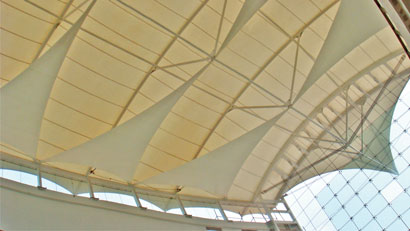
On top of the PVC coating, there is a PVDF topcoat which can be a high concentrated PVDF or an alloy of PVDF and acrylic. Most fabrics use a low PVDF concentration, making the fabric weldable without abrasion of the PVDF topcoat, since PVDF does not allow HF welding. However FERRARI has pioneered the technology of High concentration PVDF coating, which makes it more expensive at the manufacturing stage. However, the advantage is that it provides very high level of dirt repellent properties, and make the fabric non-stick to atmospheric dust & pollution.
Maintenance of these fabrics is very easy and a spray of water is good enough to remove all the settled dust. In tropical countries like India, where the rains are quite heavy even in case no maintenance has been done, 3 months in the year the membrane will be automatically washed with the rainwater.
Choosing the right fabricator for the membrane is very important, as designing & engineering of membrane structures is a much specialised field requiring special skill sets & infrastructure. A comprehensive software makes this task easier, as it can help you to do form finding, the load analysis for steel & membrane, and then generating the cutting patterns to achieve the desired form. Most serious players have an automatic plotting & cutting machine, which plots and cuts the fabric as per the patterns provided by the software.
Ferrari conducts a one-week workshop every year in July in France to educate participants on good manufacturing & installation practices, and to impart basic knowledge on textile architecture. We also conduct modelling workshops & arrange lectures for students of architectural colleges in India.
As far as sustainability goes, Ferrari jointly with Solway has developed a technology, which is a closed loop recycling technology. It does not release any effluent during the process of recycling. Effluents discharged during recycling are harmful to the environment and closed loop technology ensures that the discarded membrane get converted back into PVC and polyester, without discharge of any harmful effluents. Already a commercial scale plant is operational in Italy, and FERRARI is the only company today which undertakes to accept the membrane back for disposal at no cost to the customer at the end of its lifecycle, ensuring these fabrics do not end up in landfills. With this technology PVC coated fabrics which once upon a time were looked at as environmentaly unfriendly, have now become acceptable as environmentally friendly. Normally such roofs have a life span of 20 to 25 years.
Factors that make Fabric structures Green and environmentally friendly are:
- Completely recyclable with a closed loop process.
- Light Efficient & heat efficient making the space covered less energy demanding.
- Reduces steel consumption on the structure due to lightweight in nature.
- Construction & Deconstruction is fast and consuming lower resources.






